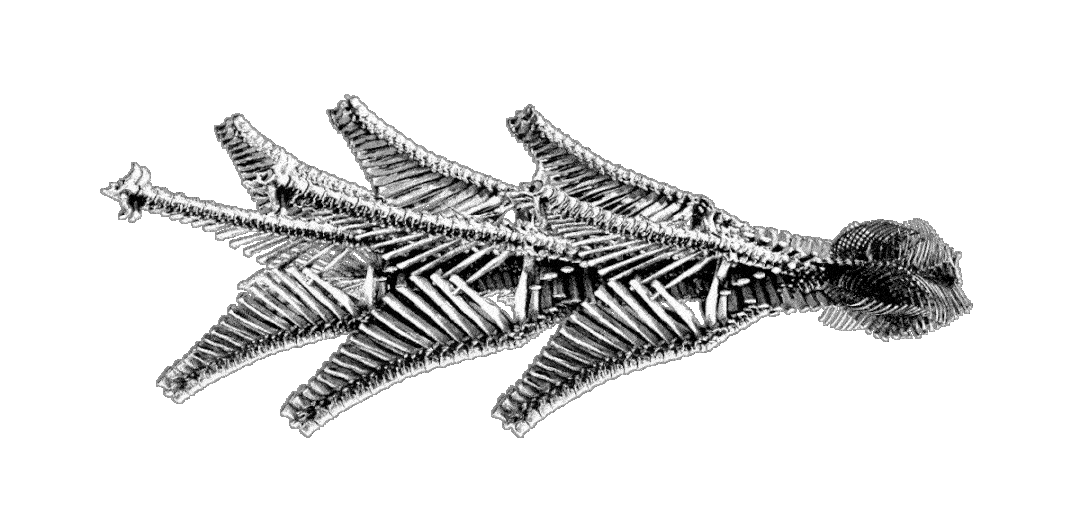Constellation Aequus, 2022-2023
Multimedia Installation. Acrylic, charcoal, ink, mixed media on canvas
For the exhibitions,
Swallow and Spit: Algorithmic Landscapes (Pt I) @ A+ Works of Art, KL. CIMB Art & Soul 2023.
NOT JUST IN BLACK AND WHITE (Works from the Steve Wong Art Collection) 2024.
Constellation extracted from
Atl-Aequus & the Five Phases, 2022
Swallow and Spit: Algorithmic Landscapes
Brief by Denise LaiTo represent a landscape, an artist should do two things: swallow and spit. At least, so said Karel van Mander, in describing how Pieter Breugel the Elder accomplished his acclaimed Great Landscapes series. In his biography of the painter in his Schilder-Boeck (Book of Painters; 1604), he describes the artist’s travels to the Swiss Alps where Breugel “swallowed all those mountains and rocks which, upon returning home, he spat out again onto canvas and panels”. And in so doing, Bruegel was able to “so faithfully… follow Nature”.
Of course, we shouldn’t take this analogy too literally; the art historian Denis Ribouillault situates van Mander’s image of the working landscape artist within the Western Renaissance, where various natural histories described bee’s expulsion of honey as involving the digestion of honey and then its vomiting out upon reaching their destination, circumscribing a new framework for describing the process of imitating nature through the body’s digestive process.2 He quotes Jérémie Koering as writing:
“The body is the locus in which the immaterial, the subtle, the mutable and impalpable is transformed into matter … The metaphor of ingestion and digestion . . . illustrates this continuity of the natural and imaginary world in which imitation, by engaging the body and its “organs” at the most fundamental level, maintains the materiality and living quality of the model in the object produced.”
Van Mander’s example shows us one of the various ways in which, across history, describing the artistic reception of nature through perception was never sufficient; there was a distance between artist and non-human subject that needed to be rectified. It required a description more bodily and mucusy in order to explain those moments when an artist is able to so directly import all of a landscape’s epiphanic qualities onto the canvas. But, perhaps more fundamentally, it is about an artist’s exercising of their agency over nature and that human impulse to devour and conquer it.
..........
Read more at
Swallow and Spit: Algorithmic ︎︎︎
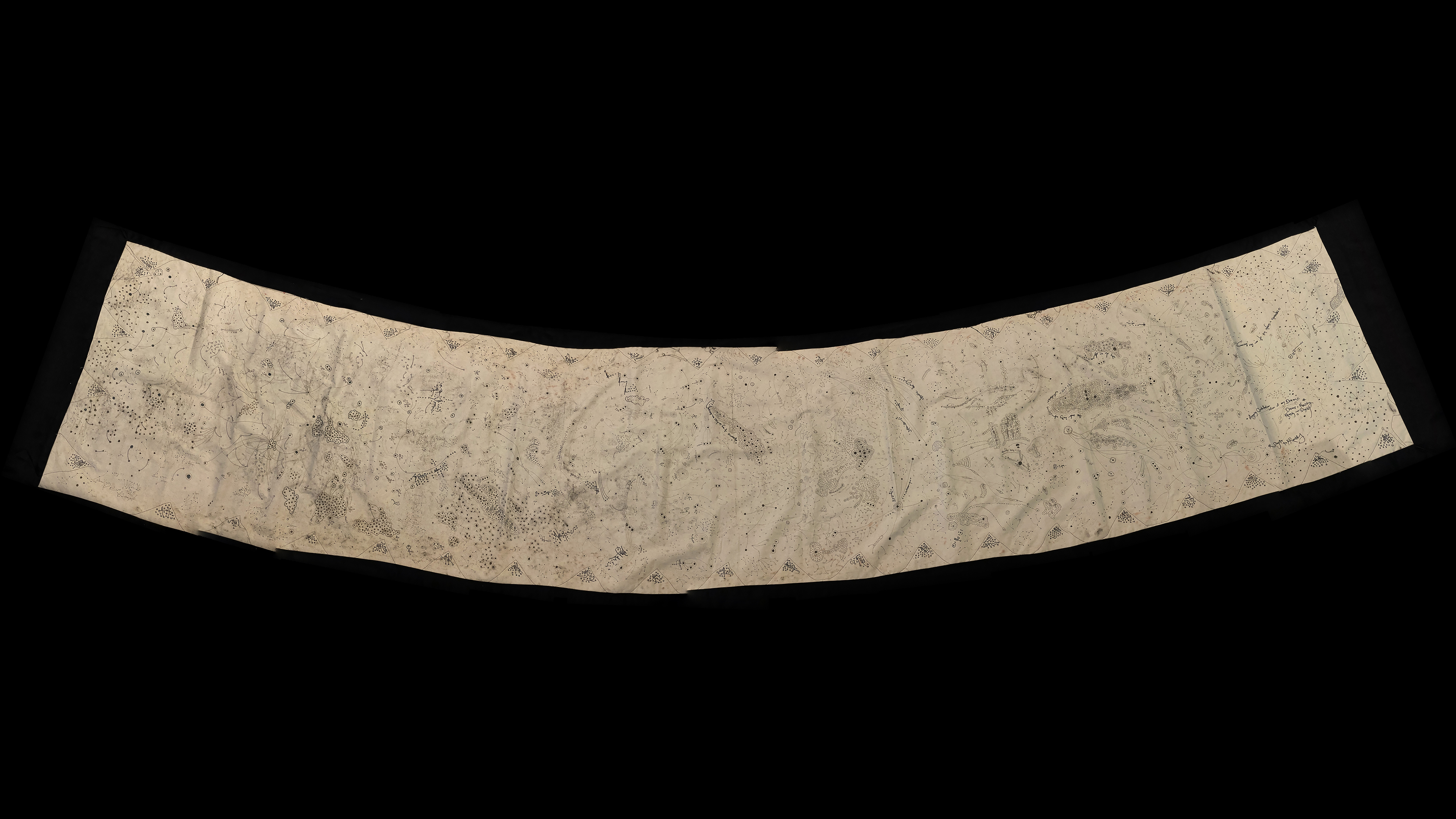


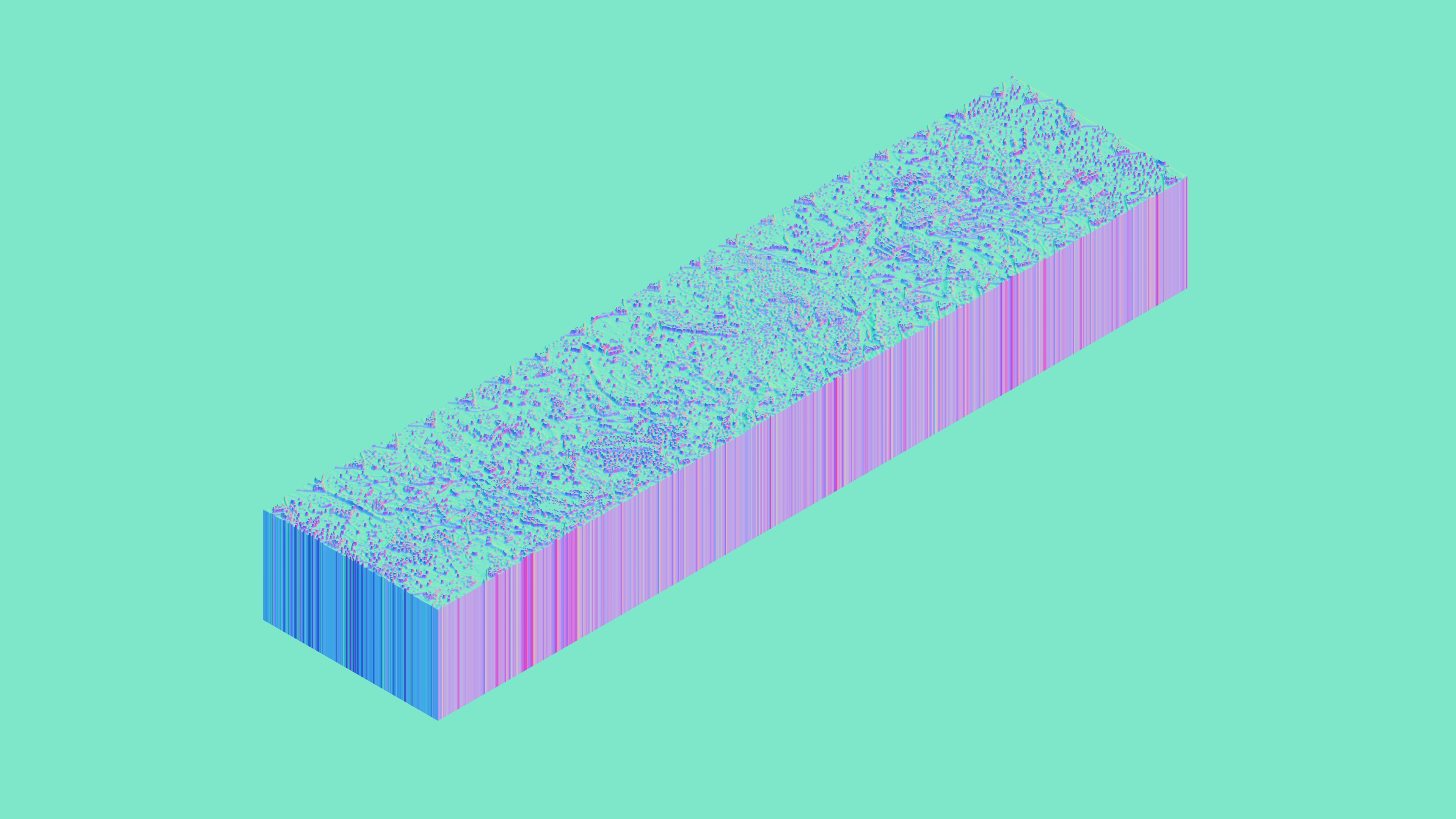


Exhibition
Swallow and Spit: Algorithmic Landscapes
The exhibition series takes its cue from a description of Pieter Bruegel the Elder’s landscapes by his biographer, Karel van Mander, in which Bruegel is described to have swallowed the mountains and spat it out onto the canvas. Van Mander’s description leads us towards a way of thinking about our relationship with nature and landscapes through the visions of landscape art and AI, and the enduring attitudes towards nature involving control, digestion, and production in the present day.
Text: Denise Lai
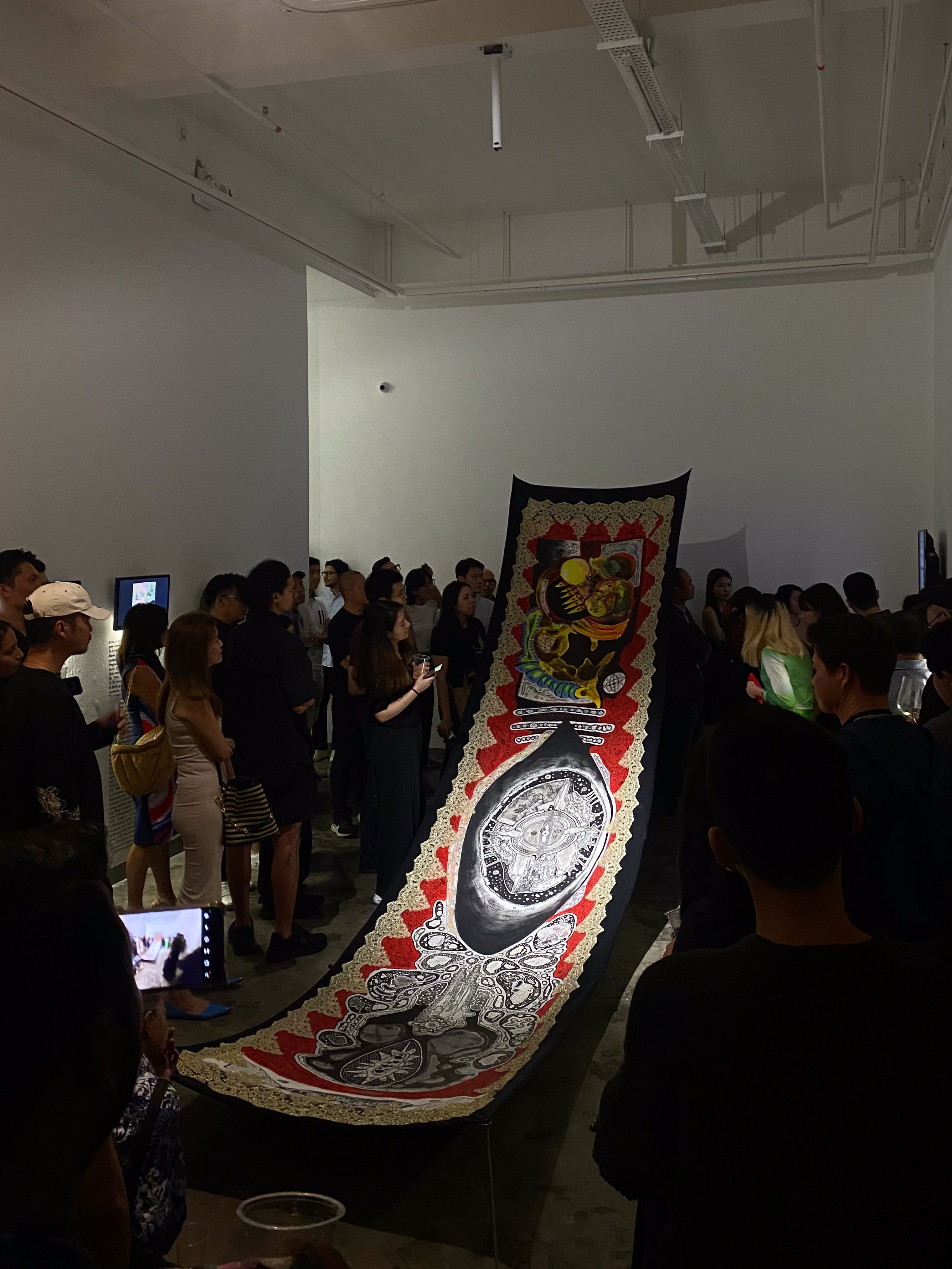

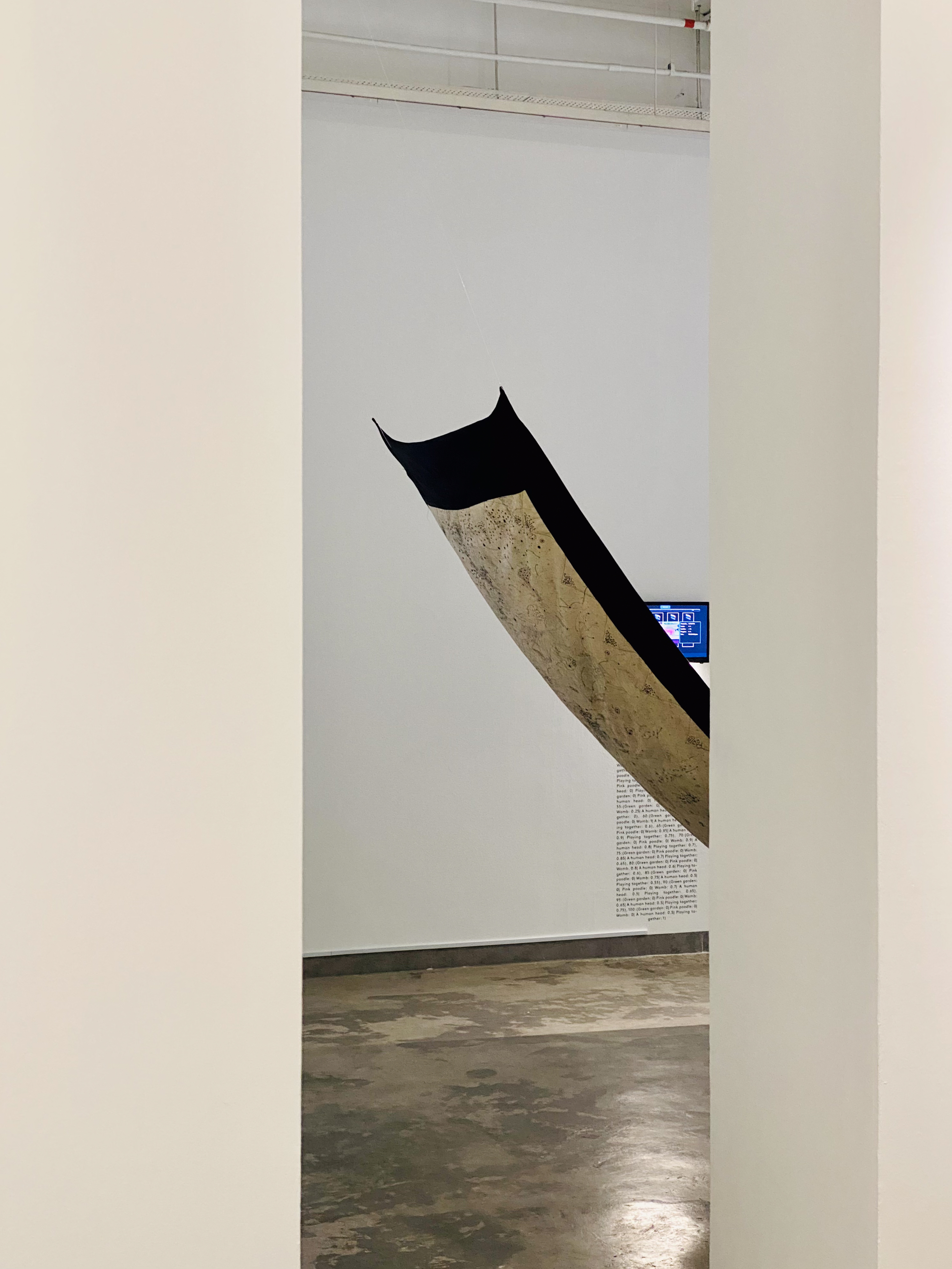

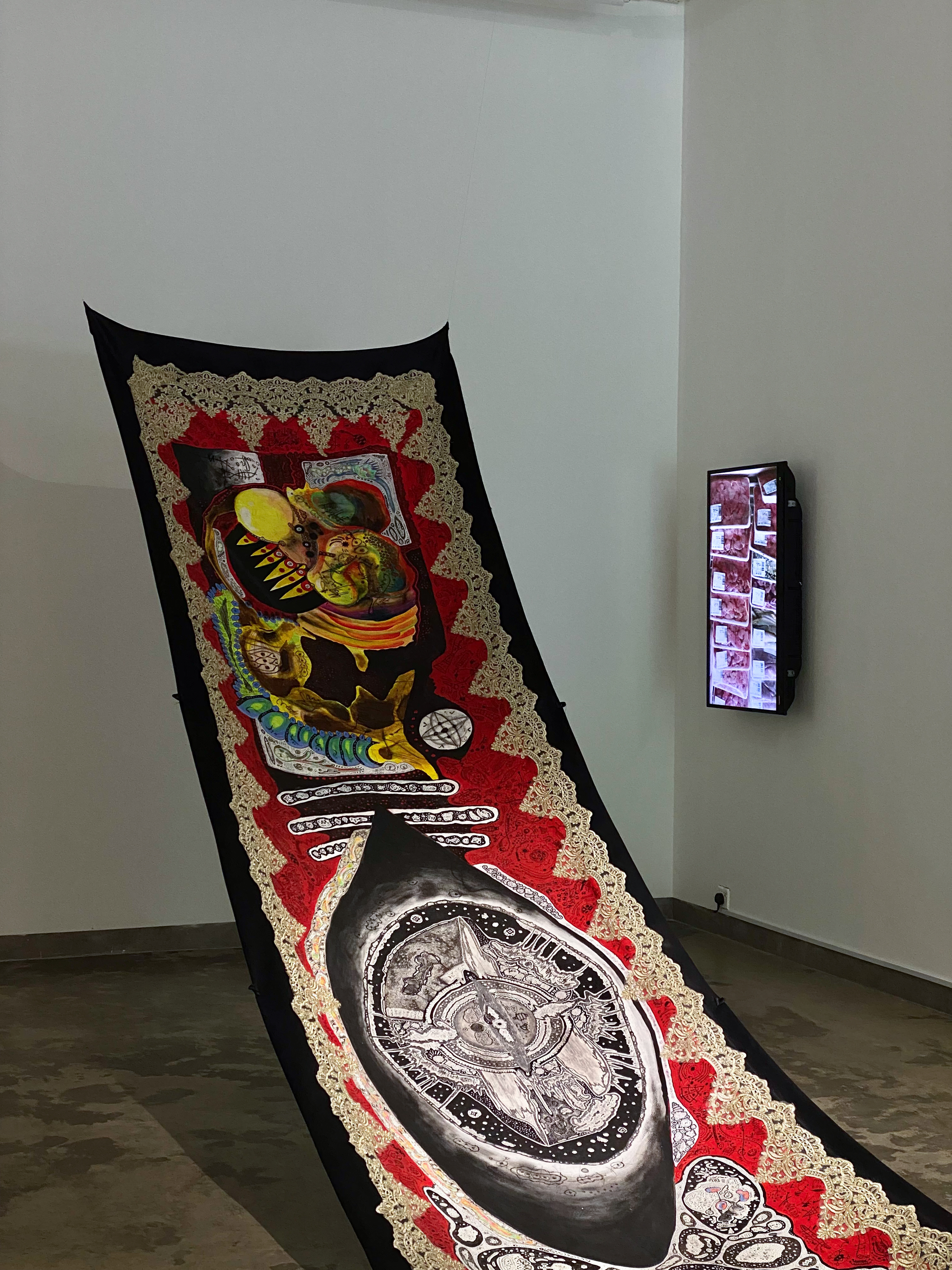


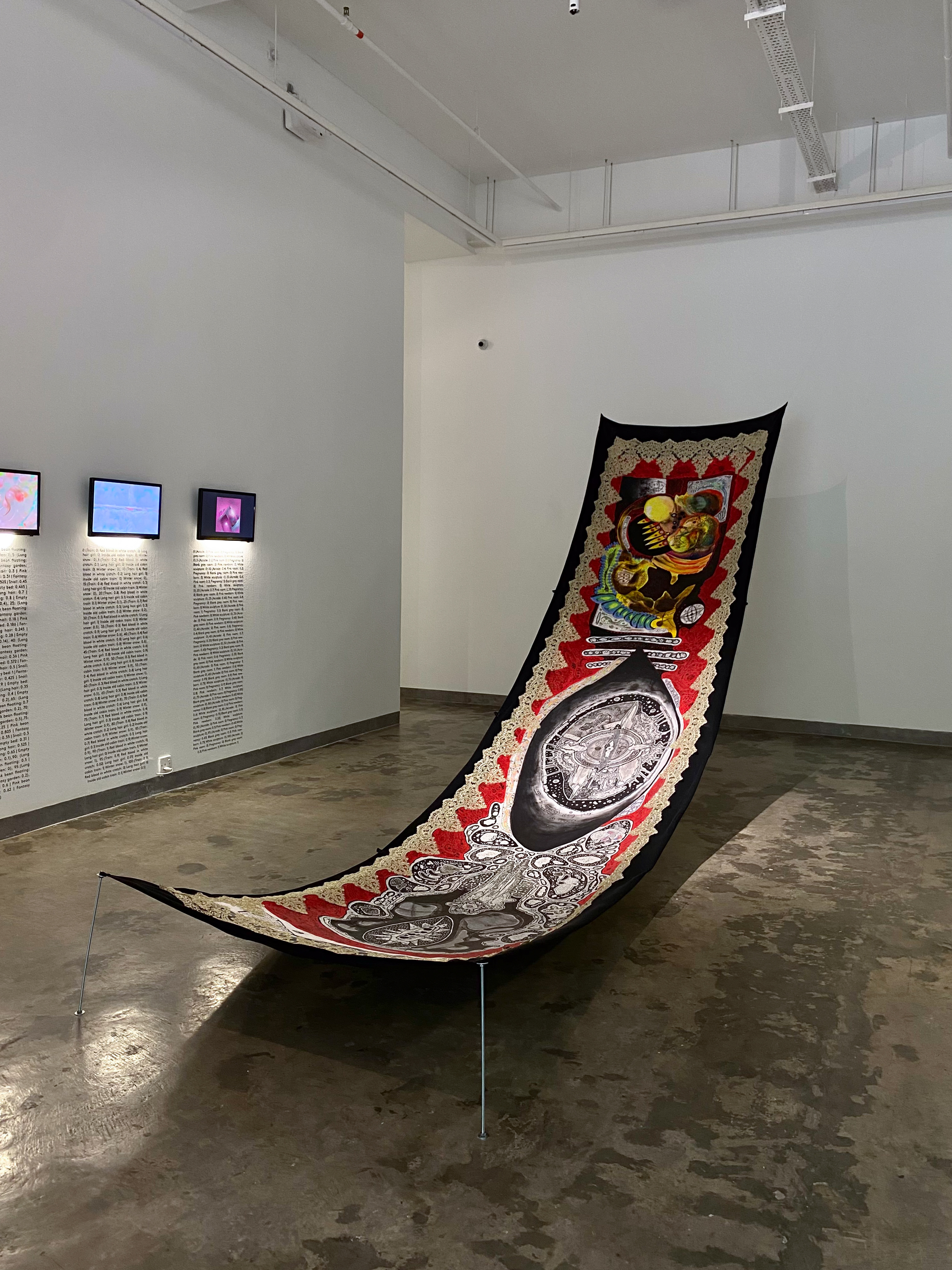






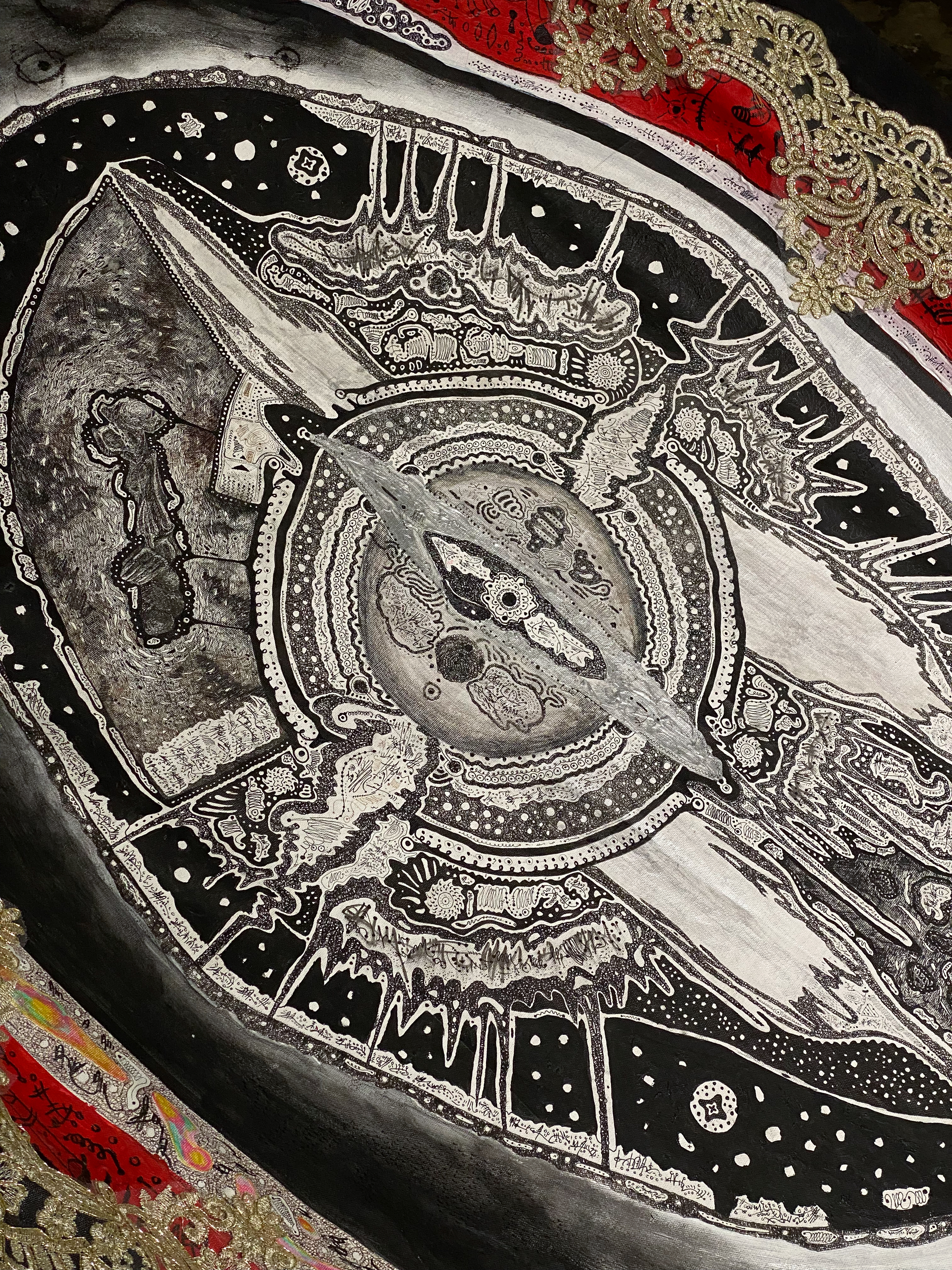
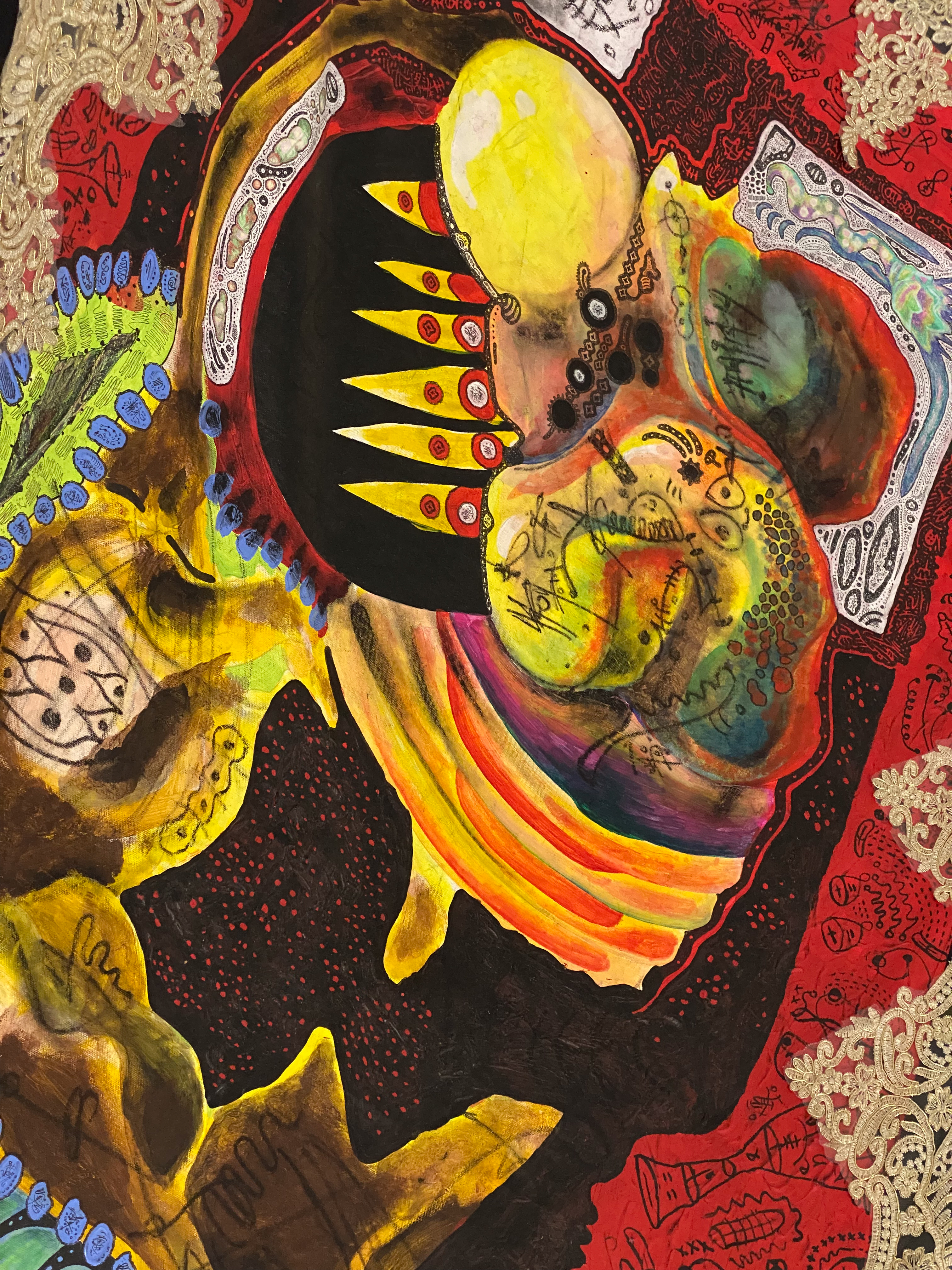
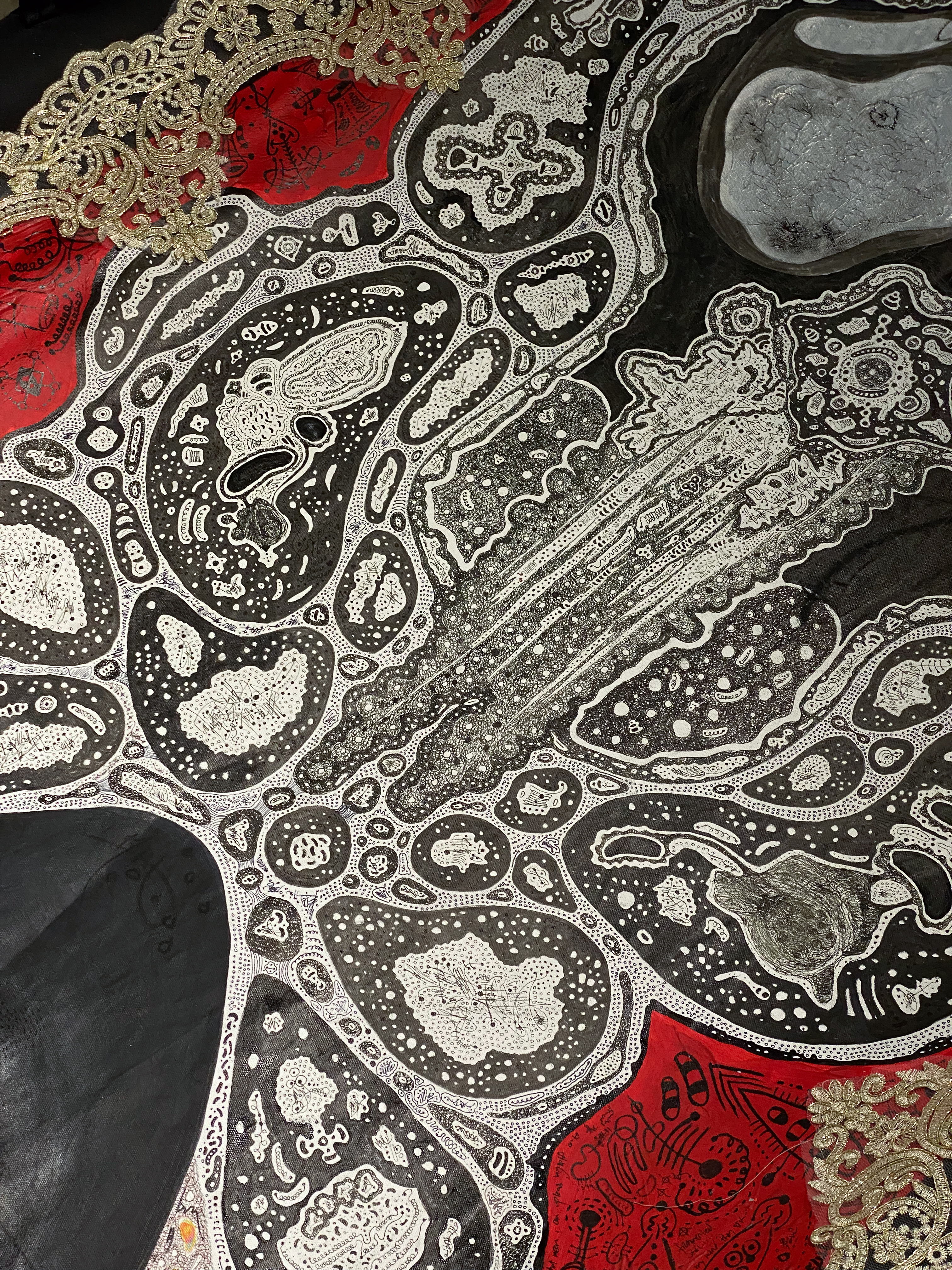



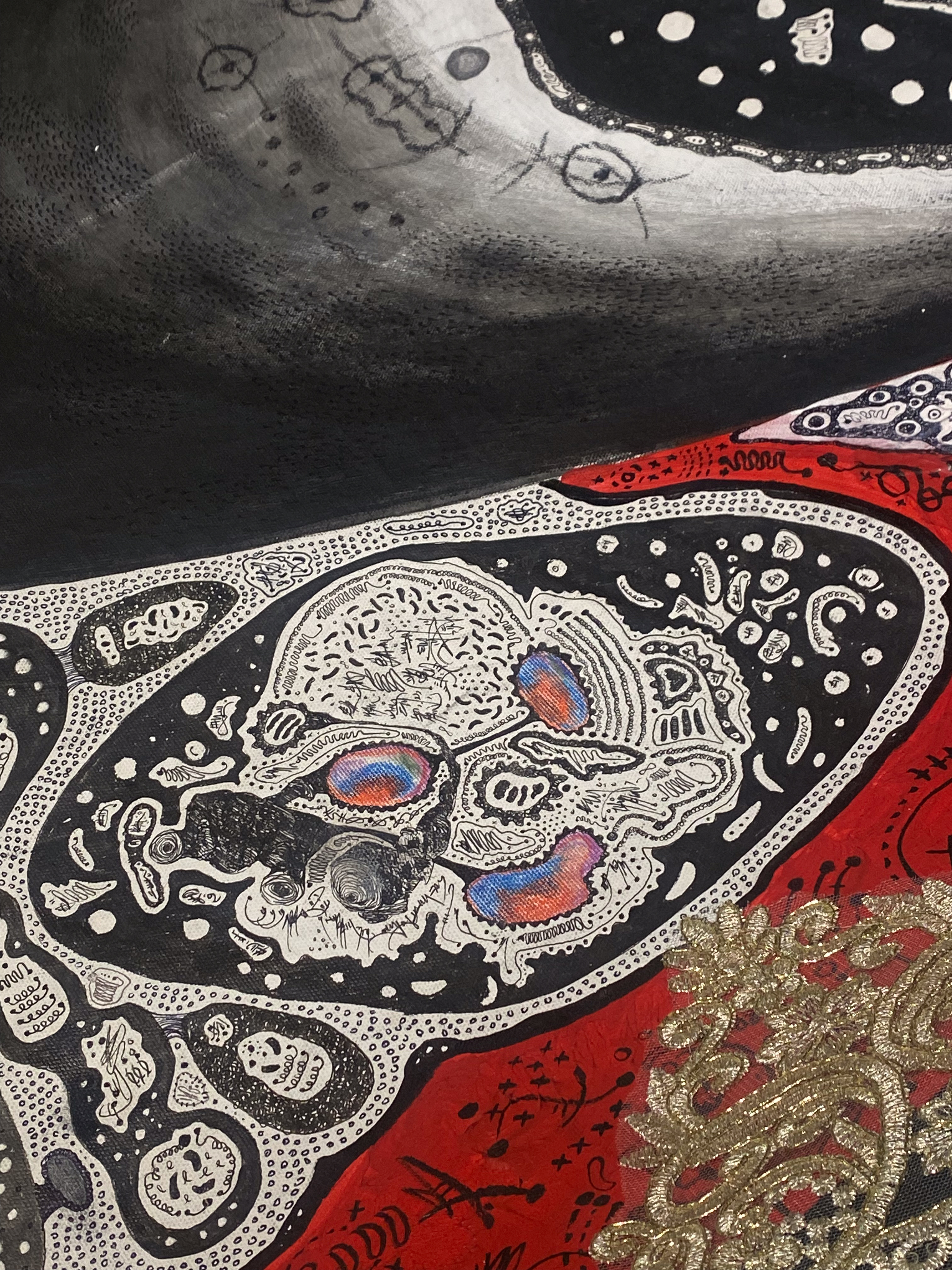

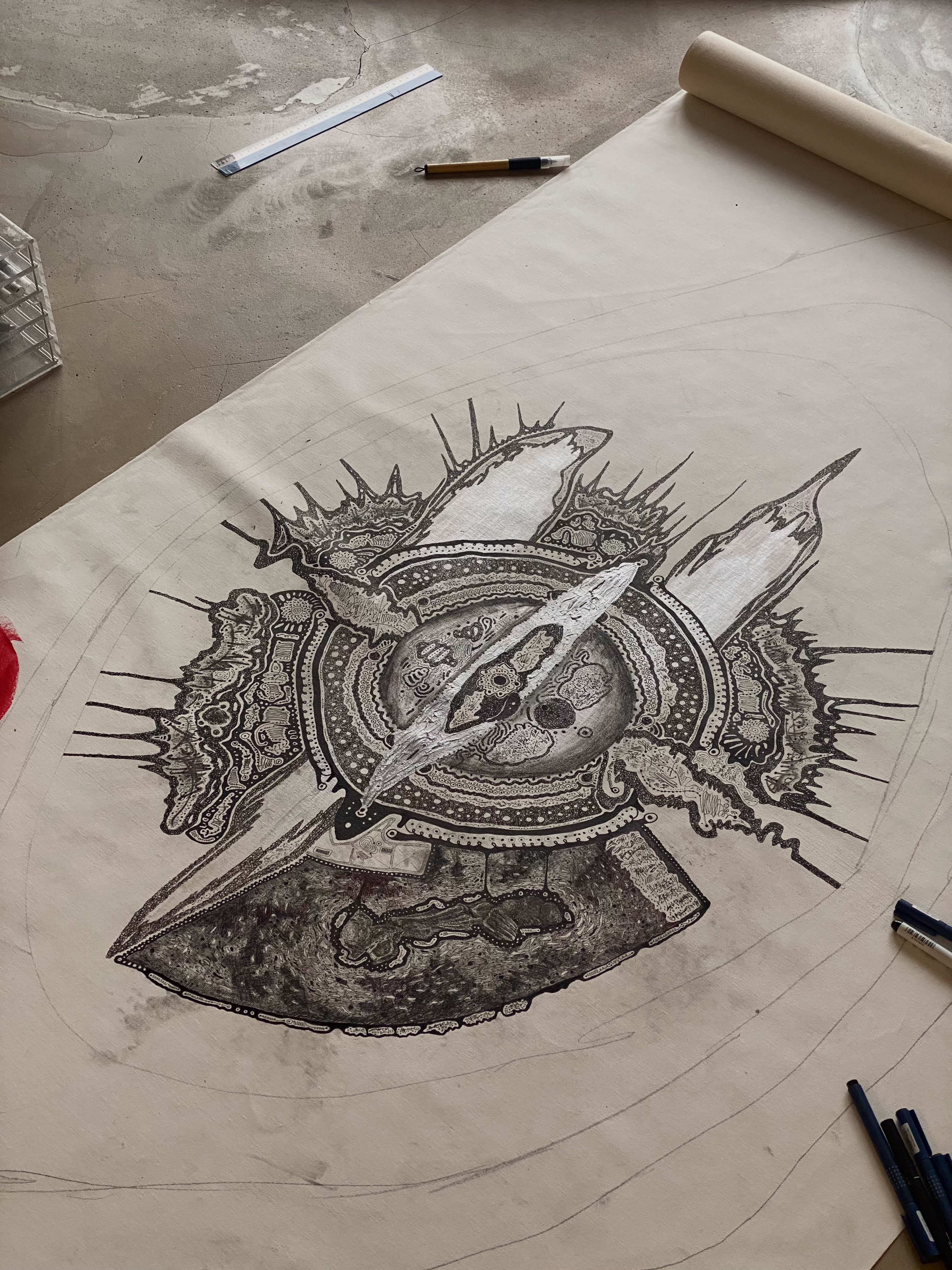
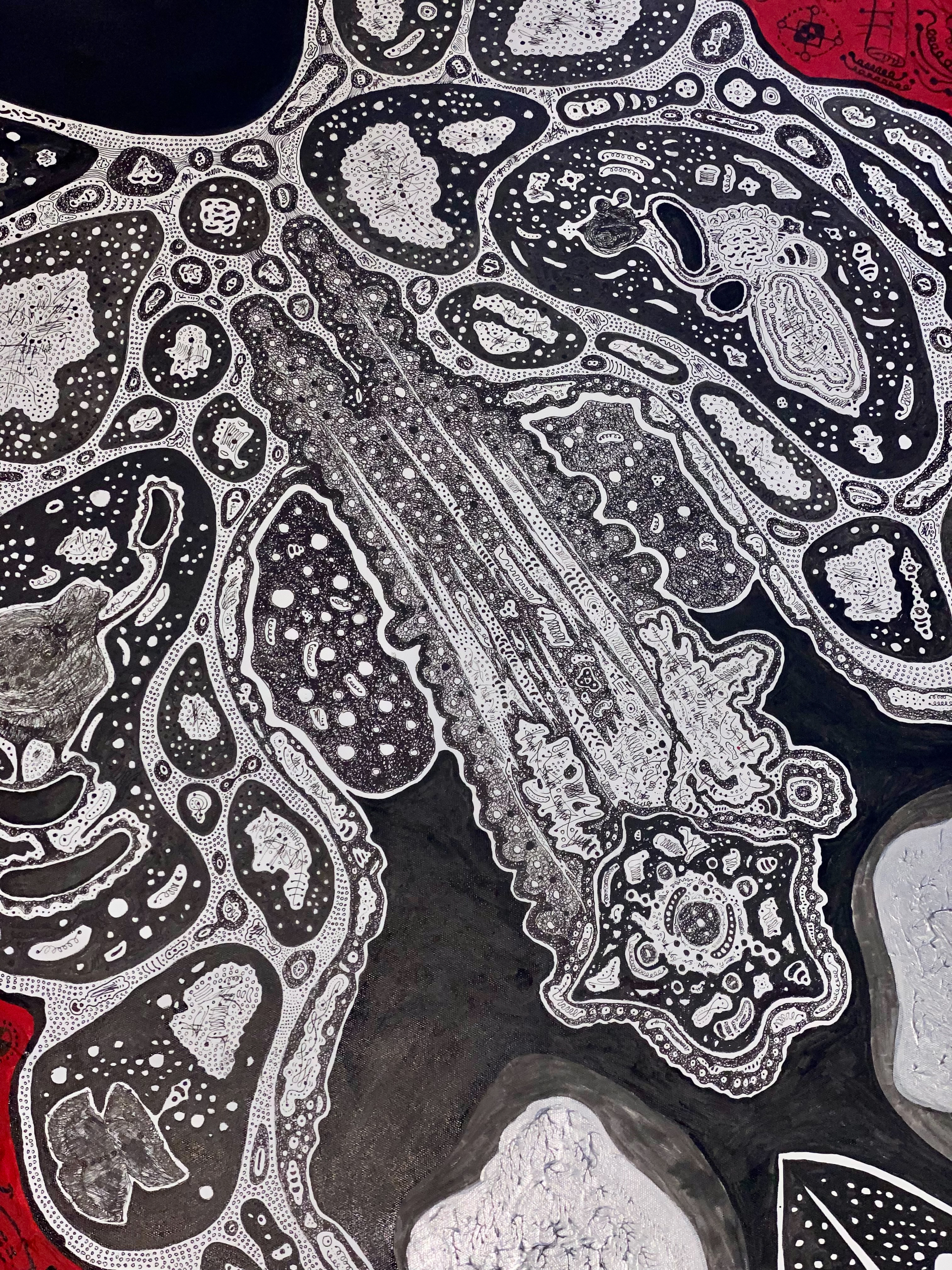

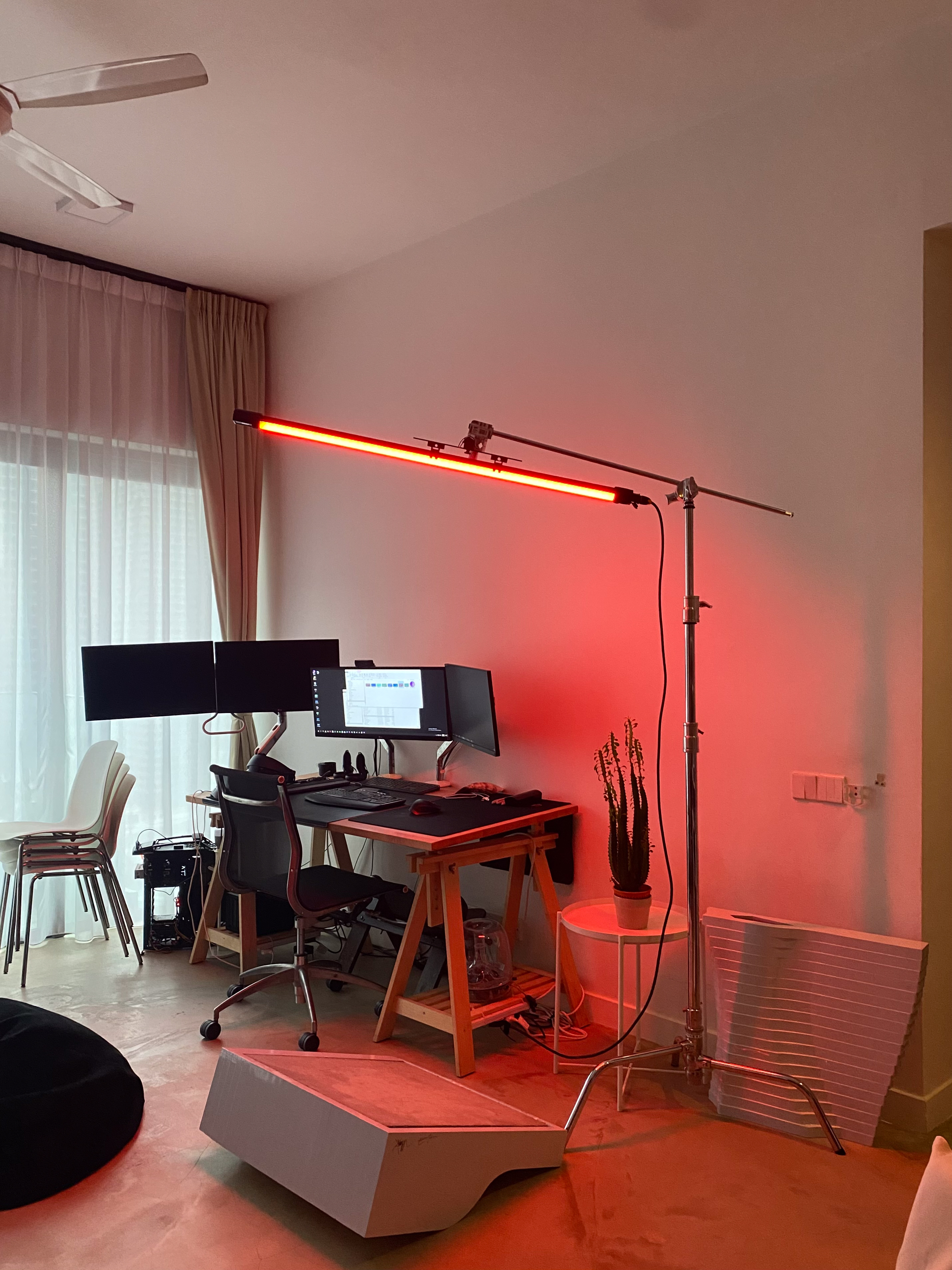





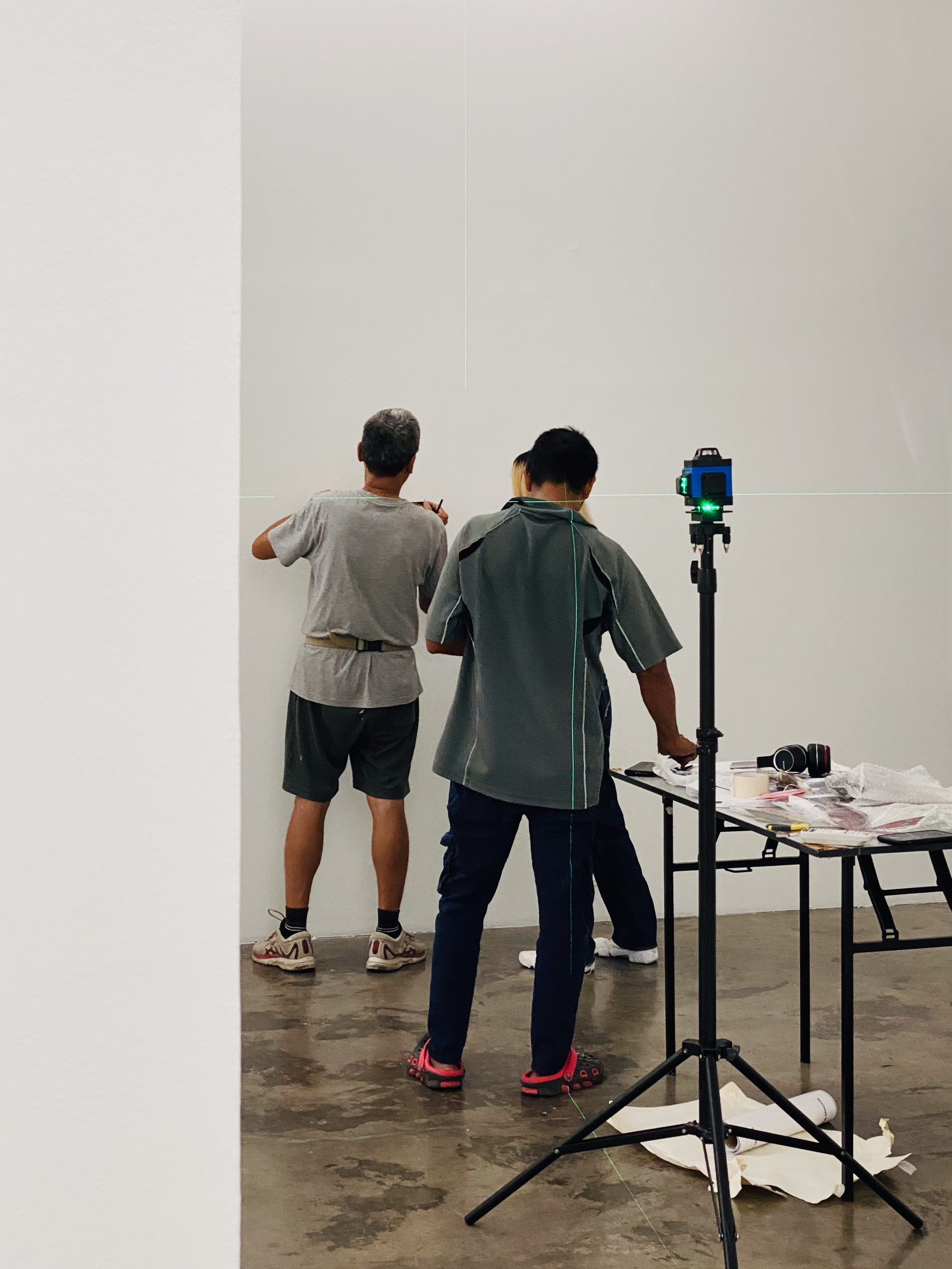





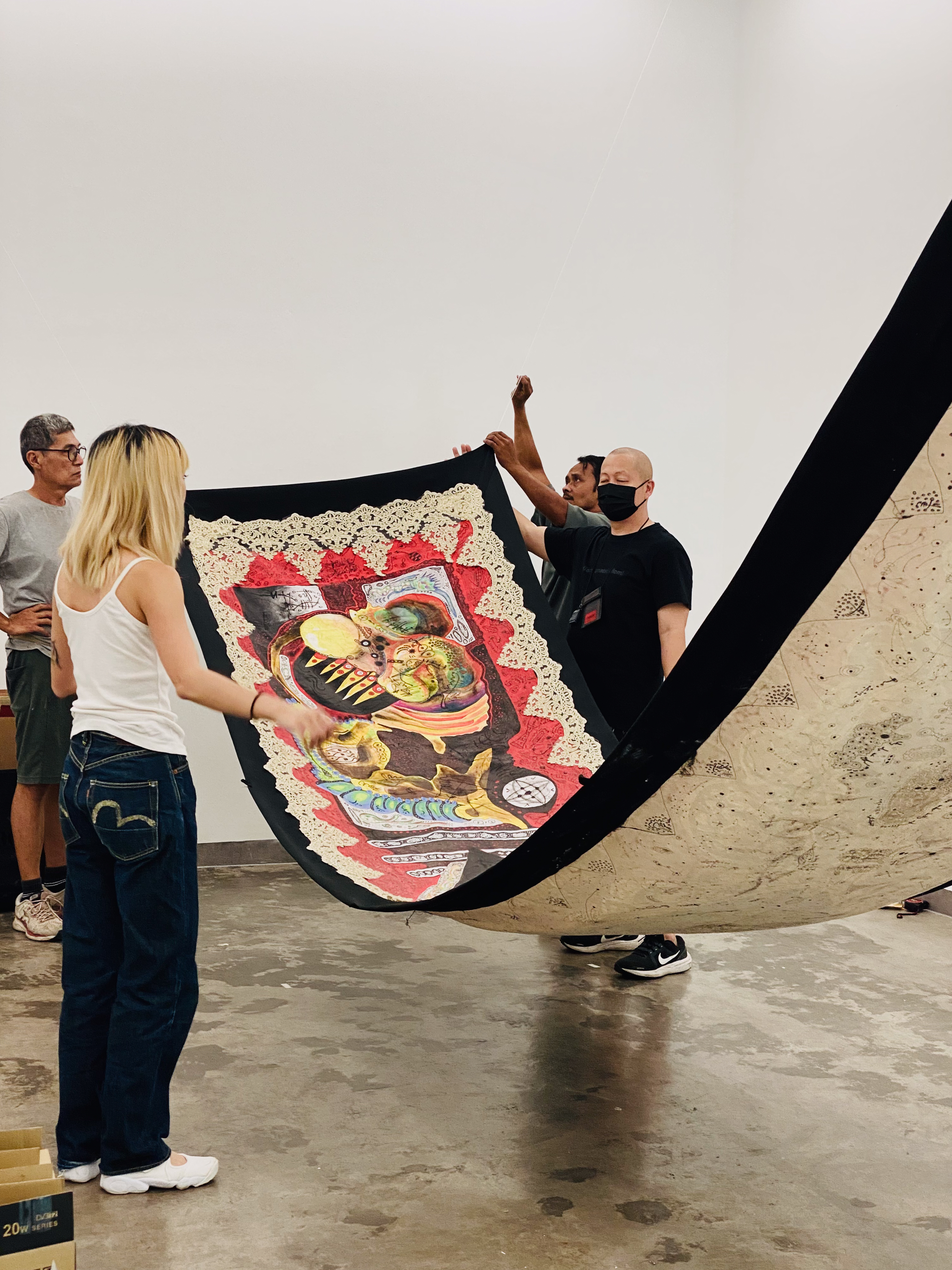




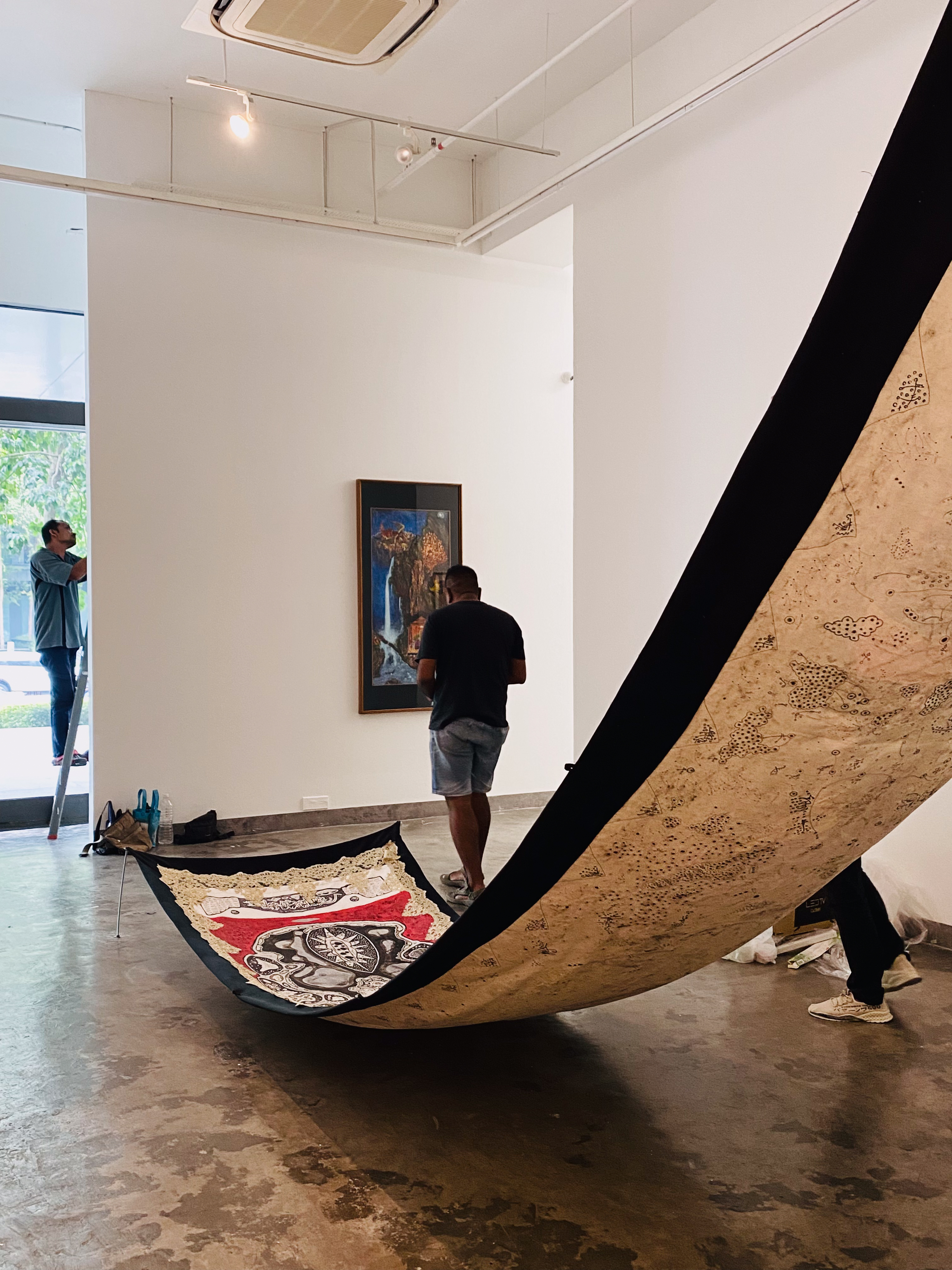
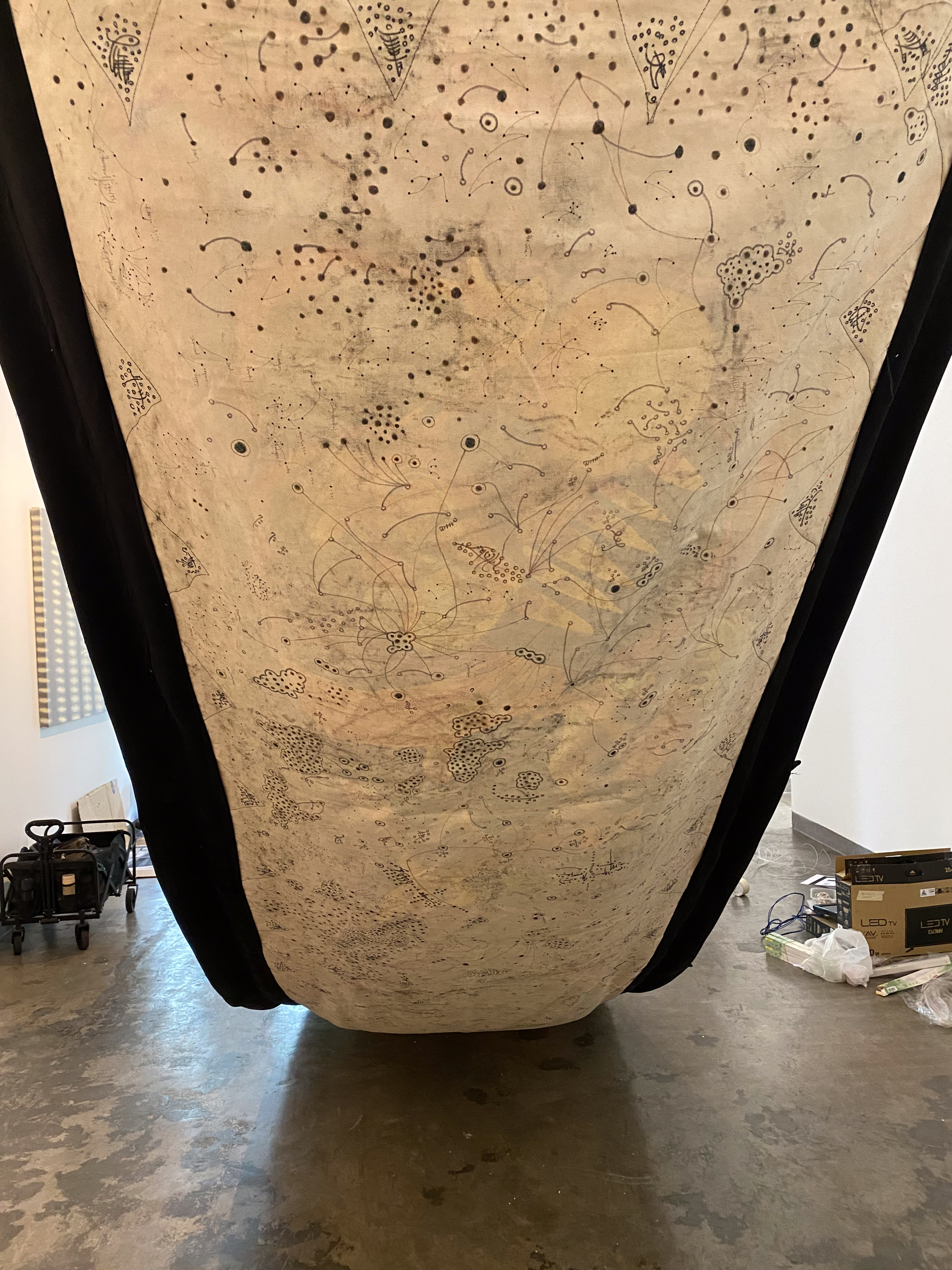
NOT JUST IN BLACK AND WHITE (Works from the Steve Wong Art Collection) 2024.


